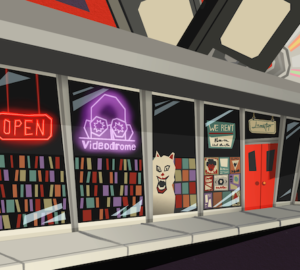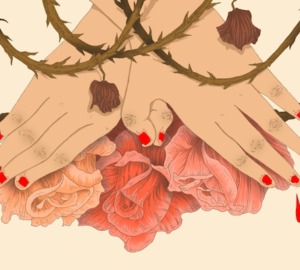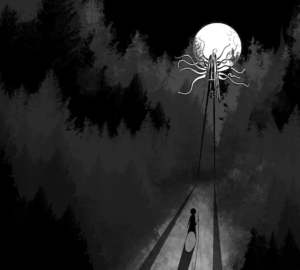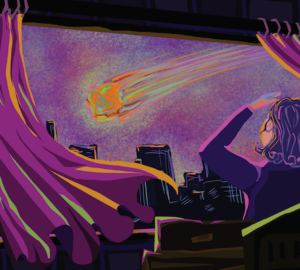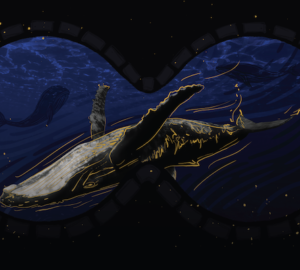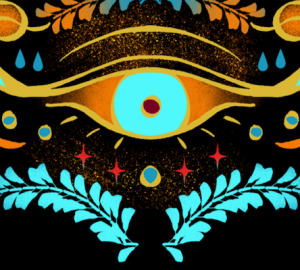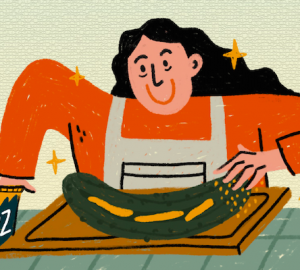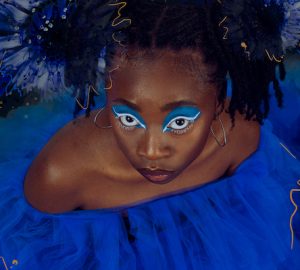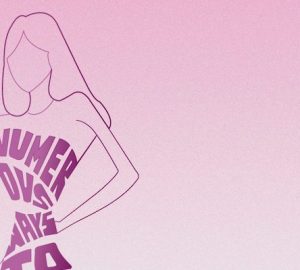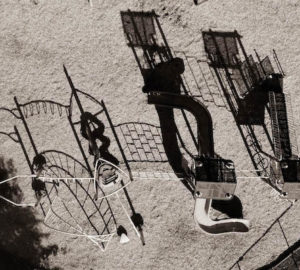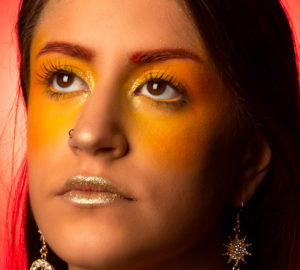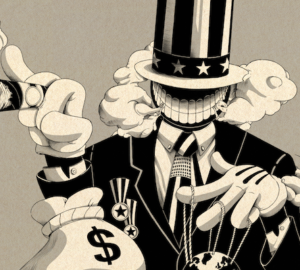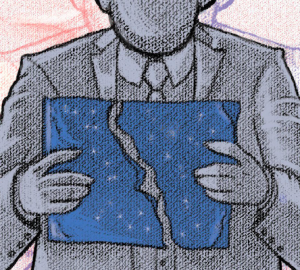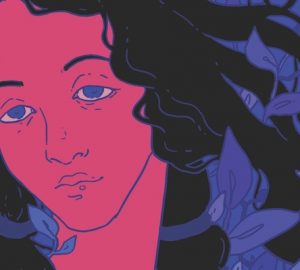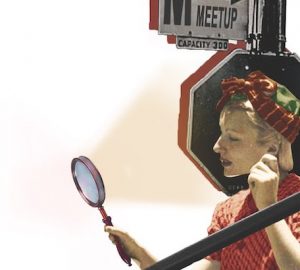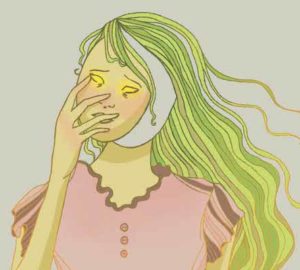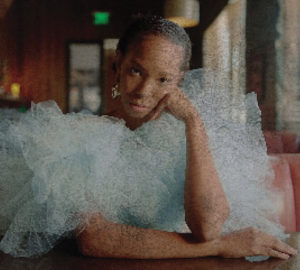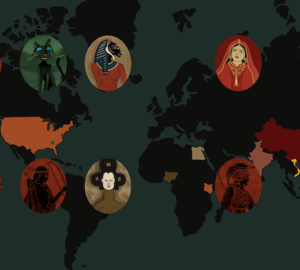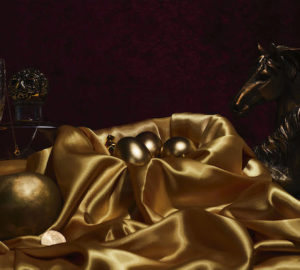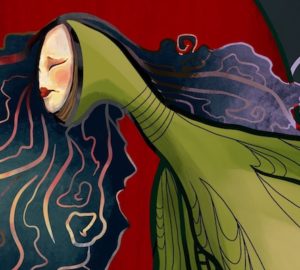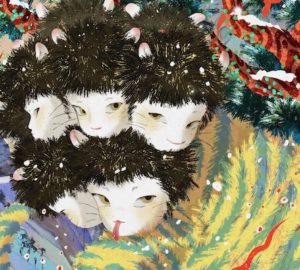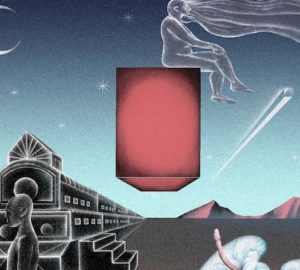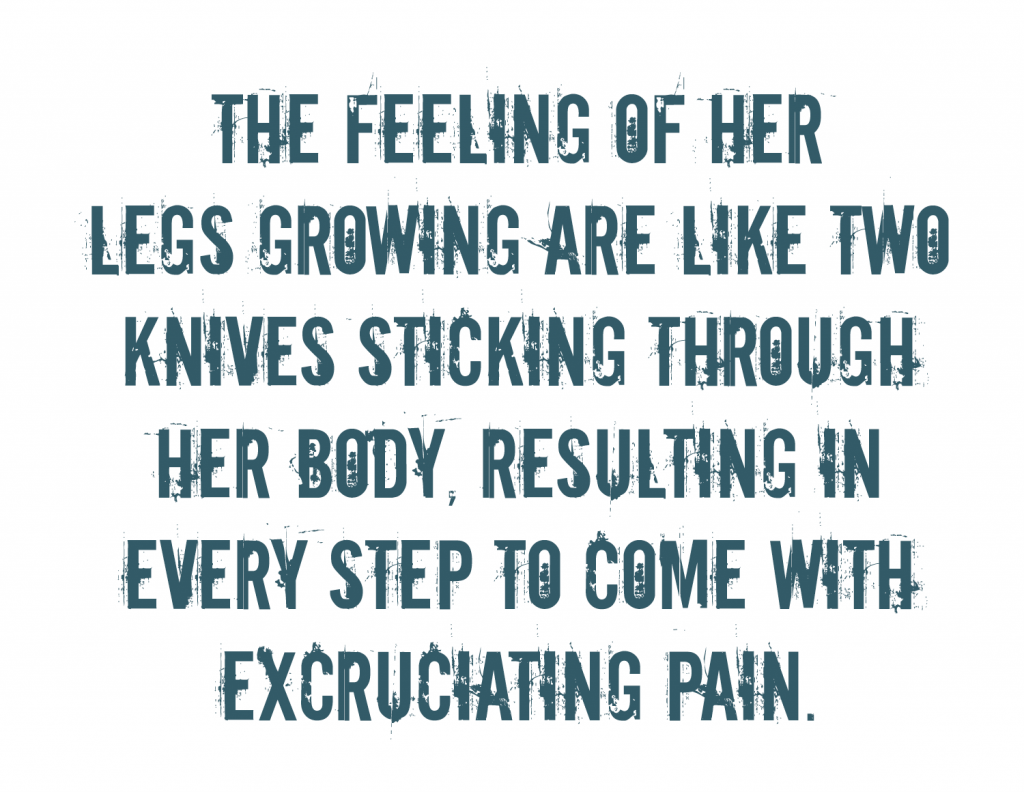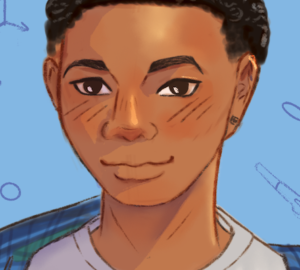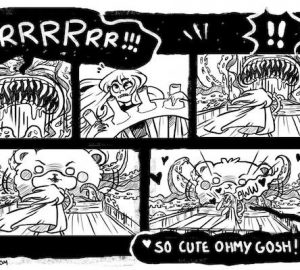The deadly stories that spawned classic children’s animation.
From “Cinderella” (1950) to “Frozen” (2013), there’s a good chance your favorite films from Walt Disney Animation Studios are based on existing source material. What’s interesting about these adaptations is that many of the fairy tales modified by Disney began as gothic tales meant to present various cautionary messages told in ways just as fascinating as the animated classics. Sadly, most people are unaware of the original tales. It’s time that we explore three of these stories and try to understand what the drive was to sanitize them.

“PINOCCHIO” (1883)
While the classic Disney film told a tale of the moral responsibilities children must learn to gain humanity, it ultimately chose to focus on the brighter side of it all. The original 1883 book by Carlo Collodi, however, emphasizes the negative consequences far more.
The character of Pinocchio began as a mean-spirited lad after he was transformed into an animated puppet. Things begin with various altercations between Pinocchio and Mister Geppetto, the old woodcarver who created the puppet, resulting in the latter being thrown into jail briefly for child abuse. Things don’t get much better when the Talking Cricket shows up. After trying to knock some sense into Pinocchio’s head, Pinocchio smashes the cricket with a hammer — simply for being annoying. Pinocchio is later spotted by Fox and Cat, a pair of villainous characters who attempt to murder the puppet for some money. The two stab him numerous times with little effect. The pair then tie Pinocchio up to a nearby tree. For a grueling number of days, the puppet dangles in the air — every gust of wind tightening the noose around Pinocchio’s neck until his death.
In the second half, Pinocchio, after being resurrected by the Fairy with Turquoise Hair, discovers that Geppetto has been devoured by The Terrible Dogfish, a sea monster, and has been living in its stomach for the last two years. The two eventually escape, but Pinocchio’s journeys are far from over. After some more adventures including Pinocchio nearly being devoured by a fisherman and being used as a watchdog by a distraught farmer, he is invited to a carefree island where boys can enjoy themselves without consequences.
It is a trick, however, as the boys are transformed into donkeys and sold. Pinocchio is sold to a circus that violently tortures him for some time until he is transformed back into a puppet by the Fairy. By the end, Pinocchio’s arc is completed as he returns home to take care of a sick Geppetto. Eventually, the Fairy transforms him into a real boy, leaving his puppet form behind.
“THE LITTLE MERMAID” (1837)
The most well-known adaptation of Hans Christian Andersen’s fairy tale came as the 1989 musical film “The Little Mermaid.” Whereas Disney told a traditional hero’s journey, Andersen intended to infuse a far more tragic message into it all.
After getting a chance to look up at the surface world for the first time, The Little Mermaid falls in love with a prince from afar when she spots him on a ship. She then saves him after a violent storm hits, with the prince not knowing who saved him. Her drive to see the prince again brings her to the Sea Witch, who gives her a potion that will give her legs in return for her voice on the condition that she will die if she fails to win his heart.
The feeling of her legs growing are like two knives sticking through her body, resulting in every step to come with excruciating pain. She eventually becomes close to the prince thanks to her beauty and grace, despite being mute. Despite her efforts and suffering for the prince, he becomes infatuated with a young woman from a nearby temple — who he believes rescued him from drowning. The mermaid’s heart breaks and she awaits her fate. However, she is soon informed that if she kills the prince and allows his blood to drip on her feet, the Sea Witch will allow her to return home. She cannot bring herself to do so and therefore her soul rises to heaven, a fate she has earned due to her selflessness.
“THE HUNCHBACK OF NOTRE-DAME” (1831)
Disney’s 1996 adaptation of Victor Hugo’s 1831 gothic novel “The Hunchback of Notre-Dame,” has had audiences split down the middle — even to this day. Hugo’s rich commentary on classic architecture and the corruption within the cathedral walls would be a challenge for anyone to adapt, let alone Disney.
The story begins as Quasimodo is crowned the ugliest person in all of Paris, leading to his torture. Meanwhile, Claude Frollo and Pierre Gringoire fall in love with the dancer Esmeralda. She saves Pierre Gringoire after a murder attempt by thieves and she agrees to marry him out of pity for the next four years, though she does not allow him to touch her.
Later on, Esmeralda helps a dehydrated Quasimodo who becomes attracted to her. She is instead infatuated with Captain Phoebus — and when Frollo discovers this, he becomes enraged and eventually murders him. This leads to her suffering public humiliation at the hands of Frollo, but is saved by Quasimodo who claims sanctuary for her in Notre-Dame de Paris. After some time, she is ordered to be thrown out of the cathedral. She is given the option to either love Frollo or be hung, choosing the latter. Upon discovering this, Quasimodo murders Frollo and finds Esmerelda’s corpse. He proceeds to starve to death alongside her, with his bones withering to ash years later.
So why go to such lengths to adapt these stories if it will result in altering the source material so heavily? It all comes down to the essence of an adaptation — to create a version of a story that can be used to introduce an unfamiliar audience to the source material while providing a new spin on the tale. Creating a large-budget feature is risky, so trying to figure out what parts will translate cinematically is a tricky balancing act. Yet at the same time, it makes for an immersive challenge for artists. To take something original and change elements comes with challenges, but also has its rewards in giving the adaptation its own unique identity. Whether Disney Animation Studios has been successful at doing so is up for debate, but for a company that is nearly 100 years old and almost 60 films into the game, they must be doing something right.


